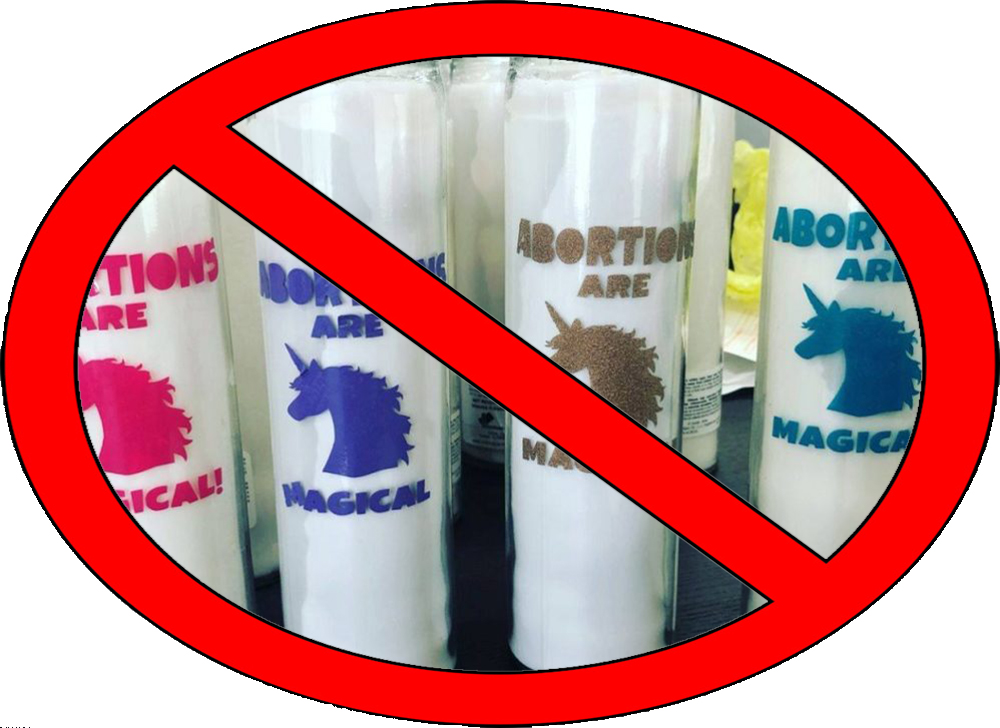Penna Dexter
At its Christmas party this year, the Texas Equal Access Fund, a non-profit that helps women pay for abortions, gave workers and volunteers candles that say: “Abortion is Magical.”
It’s a strange message. Especially since Christmas is about birth — as Family Research Council points out — “the most unplanned pregnancy of all.”
Still, it’s a reminder that, as we end 2019 and head into the new year, we face a stark divide regarding the issue of abortion.
Public opinion polls show the nation becoming more pro-life. The number of abortions taking place is declining year by year — a 25 percent drop over ten years, according to a recent report from the Centers for Disease Control. States have passed more than 500 pro-life laws in the last decade. Many are common-sense restrictions on abortion facilities and abortion doctors that at least make the procedure safer for women.
And yet blue states are solidifying abortion rights. Who can forget New York’s One World Trade Center and other buildings and bridges lit up in pink in celebration of a new law that makes it even easier than it already was in that state for women to get third-trimester abortions?
In 2020, the Supreme Court will hear a challenge to a law passed in Louisiana mandating that abortionists have admitting privileges at a local hospital. Court challenges to Alabama’s new law banning nearly all abortions and to heartbeat legislation in six states could signal a challenge that goes to the core of Roe v. Wade.
This year’s March for Life will urge passage of the Born-Alive Abortion Survivors Act. This legislation stipulates that any baby that survives an attempted abortion must be taken to a hospital and treated, and given every opportunity to survive with criminal consequences for practitioners who fail to do so.
And, in November, we’ll either retain a proudly pro-life president or elect an abortion zealot who will tear away at this progress.

 Listen Online
Listen Online Watch Online
Watch Online Find a Station in Your Area
Find a Station in Your Area










 Listen Now
Listen Now Watch Online
Watch Online
